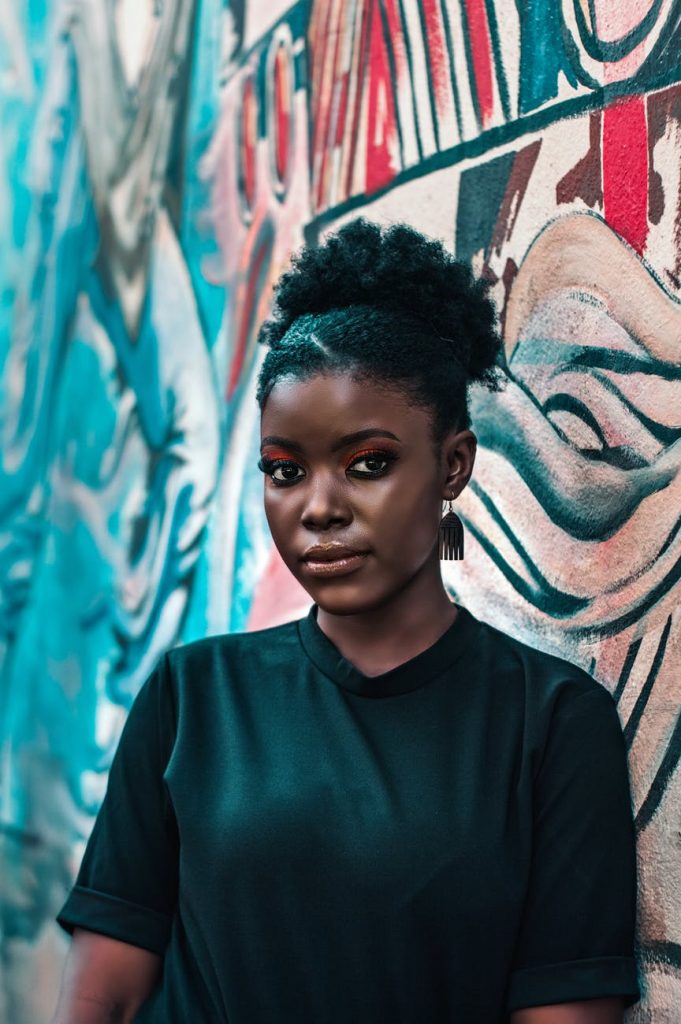This is a free essay sample available for all students. If you are looking for cheap essays for sale on the topic “Is Graffiti Art or Vandalism”, browse our private essay samples.
Introduction
We have all walked down an urban street at some point and encountered graffiti art all over the walls. Colorful and playful, dark and daunting, calming and enlivening – this type of art form expresses itself in so many different ways.
Can graffiti be considered art, or is it an act of vandalism? Is it inspiring work, or is it a crime? The author of this sample essay explores these two perspectives.
Do browse through the rest of our website for other essay samples. Get in touch with us if you’d like to avail of our essay writing services.
Are Graffiti Artists True Craftsmen or Criminals?
In any one of your travels, you will surely remember a tourist spot in an urban city where the streets are laden with art. Murals, powerful statements, creative depictions – these are just some of the different styles of graffiti art you may find on public walls and spaces.

People react to street art differently. Many are awed by the sheer talent of the artist, and the attention to detail given to every aspect of the finished work. They even take photos of themselves with the artwork as a backdrop.
However, there are others who are not as enthusiastic about it. More legalistic individuals find this to be a violation of the law, therefore considering it as vandalism instead of a real piece of beauty. No matter how well-crafted it is, they can’t seem to get past the notion that someone would defiantly treat public spaces as his personal canvasses.
The History of Graffiti as an Art Form
Some of the most popular types of graffiti art that we know of date back to the 1970s and 1980s in New York, when people began to spray-paint their names and other materials on buildings and sides of subway trains. This art form was birthed from a place of self-expression, and it became more and more powerful as it evolved throughout the years. It has been used to create statements and deliver powerful messages of protest or advocacy. It is also known as a playful expression of rebellion, a way of defying the norm.
Legally, there are laws against vandalism, and when it is applied to a non-designated public space, it becomes considered a violation of the law. This is the reason behind some people’s reservations about considering it a type of aesthetic. If creativity is truly personal then it should transpire on the artist’s personal canvass and not on public property.
My Own Take as An Aspiring Graffiti Artist
Everyone who knows that I want to be a great graffiti artist one day has questioned me on the issue of vandalism. They think that my works are best seen in art galleries and not on the street. However, I believe that graffiti is a form of art. Yes, it can be rebellious, but its creative expression can inspire and empower people.
I think that the fine line between art and vandalism is intent and output. Only the artist knows why he or she chose to create art in a particular space. If the intention is not to celebrate the structure or the space but desecrate it, then I think the output should be considered vandalism. True art always seeks to uplift. It highlights the beauty and potential of the place it is situated in. If, for example, the artist chose to spray paint a valuable and meaningful local statue, then it should be tagged as vandalism as it desecrated something that is well-loved by the town.
Not many people know this, but this style takes so much effort to create. When the artist’s intention is pure, he or she really takes the time to think the design and artistic elements through. His or her goal is always to add value to the environment the artwork will be featured so that people who pass through it are moved. Whether it’s a call to action, a beautiful picture of hope, or a message relevant to the people who live there, graffiti is a show of human creative skill and a gift to the community.
Conclusion
I will always go back to intent and output. It matters what the artist has set out to do, and it also matters where he or she has chosen to execute the piece. When done for the right reasons and in the right places, graffiti is art. It is a form of self-expression and creative outlet for people who have something to say.

Big cities are incredibly blessed to have ample spaces for this to take place and progressive residents who enjoy its aesthetic appeal. I hope that this art movement will extend to other small spaces and that people’s eyes would be opened to these priceless gifts to their community.
Short Essay on Graffiti Art (Short Essay Sample)
Many people interchange the terms graffiti art and street art. While the latter is an extension of the former, they are two different concepts. Graffiti has long been known for its history of rebellious self-expression. From spray-painting names and messages to calling out the government and other public entities, this form of artistry has long been viewed as a creative way of taking a defiant stance for or against something.
The main issue with this form is its location. Many people detest the idea that a person would intentionally change the appearance of public property, a space that is not his to manipulate. This is why they believe this type of craft to be a form of vandalism, a crime committed against the community.
My belief is that graffiti is as much an artistic expression as other styles of visual imagery are. It is not only graffiti that comes from a place of rebellion. Many artists in art galleries have touched this theme at least once. I also believe that for as long as the artwork celebrates the beauty of the space it is in, then it is still a treasured piece.
From a complex mural to simple tags on a public wall, most graffiti pieces aim to inspire, encourage, and challenge people who encounter it. It is simply a form of visual communication that captures an everyday person’s attention. Unless it is intended to offend, malign, or slander someone, these pieces speak highly of the artistry of the person who made them.
For me, as long as there is a positive intention to enhance present surroundings and reflect the spirit of the area, I believe that we should gladly welcome the integration of art into public spaces. We need the uplifting.
FAQs
What Are The Pros Of Graffiti?
On this upside, this type of visual artistry can stimulate passers-by and tourists. It is a great way to capture one’s attention through the sense of sight. It also has the advantage of controlling the environment, since a person has no control over what he or she sees along the way. Therefore, it is a powerful platform of communication. It sends a message or causes someone to think deeply about something. At the same time, if the objective is simply to beautify the area, art is a great way to do that. One will find many community transformations that have taken place because the people there welcomed the existence of graffiti artists.
What Are The Cons Of Graffiti?
The main downside is that it is unfortunately considered illegal in some places. No matter how much you defend the intent and the outcome of the work, you cannot deny breaking the law. It may provoke other rebellious people to replicate what has been done, causing the ire of local leadership. At the same time, there will always be extreme artists who will misuse this style of artistry in order to desecrate something that they hate. They will go to great lengths to see something destroyed through visual imagery.
In that aspect, it’s understandable for people to see it as vandalism. It is also understandable that artists who are arrested will be subjected to the appropriate consequences and penalties for the damage to the structure.